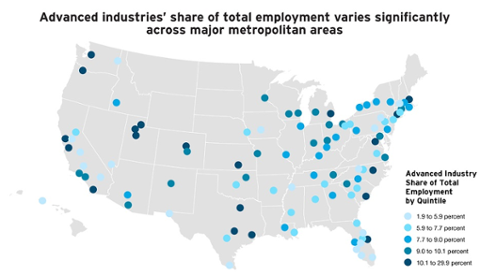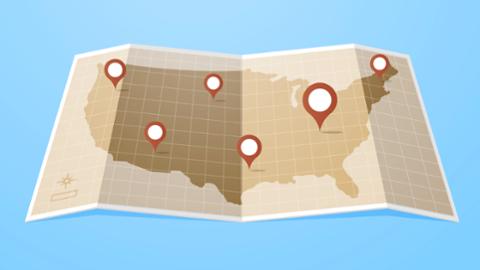- Seattle, Washington
- Boston, Massachusetts
- Pittsburgh, Pennsylvania
- Austin, Texas
- Minneapolis, Minnesota
- Madison, Wisconsin
- Salt Lake City, Utah
- Springfield, Massachusetts
- Chicago, Illinois
- Atlanta, Georgia
The Best (and Worst) Metro Areas for STEM Jobs
When considering jobs in a STEM field, location is just as important as other factors. A new study from WalletHub details where you should – and shouldn’t – look for work. The study accounts for more than just income levels; it also appreciates for per-capita job openings (availability), as well as expert projections for what the job market in various metro areas will look like in 2020. All told, there are 17 metrics weighted in the survey. Those 17 components provide an overall score, with WalletHub highlighting three key metrics: opportunity, ‘STEM friendliness,’ and ‘quality of life.’ In a nutshell, this tells you how available jobs are in an area, and whether or not you’ll be an outlier in your chosen metro (and how far your money will go). Here are WalletHub’s ten best metro areas for STEM jobs:



